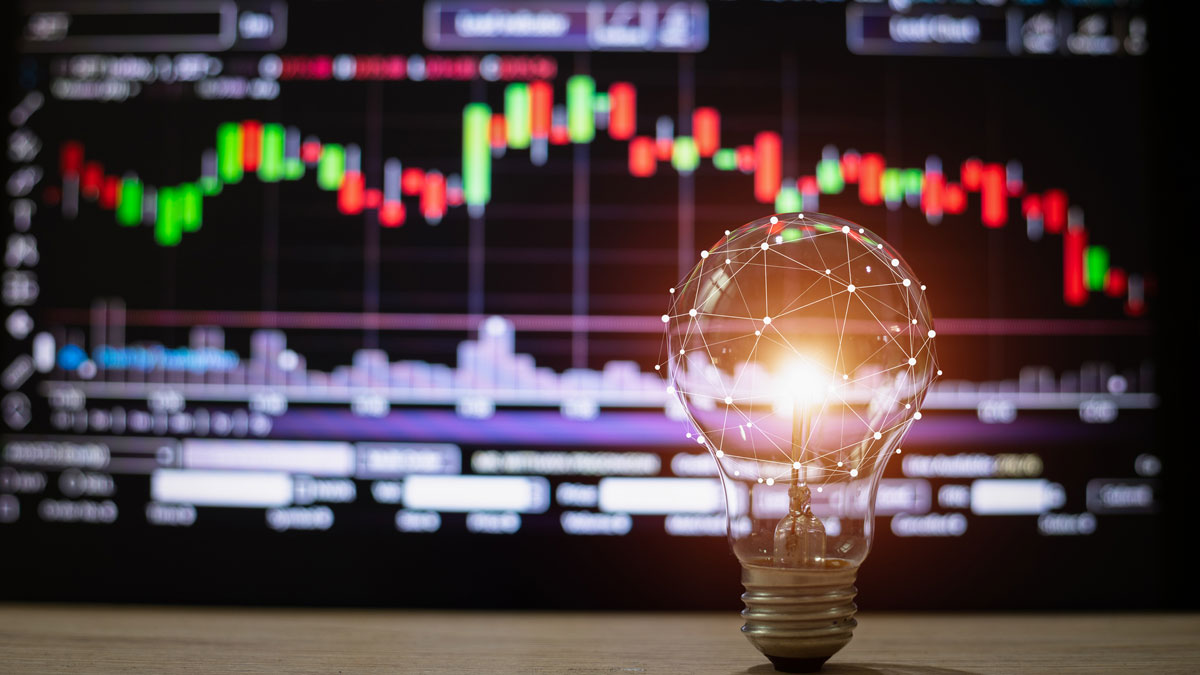CRITERION: Power to the people! Here’s a modern day, hi-tech picks-and-shovels play

Picture: Getty Images
In the mythical good old days, utility billing involved little more than a periodic visit from a meter reader more concerned with avoiding menacing dogs and frisky housewives.
Now, smart meters can be read virtually every five minutes.
As the renewables revolution unfolds, the energy chain also has become far more complex. Rather than a one-way flow of electrons from the generator to the wires to the home, solar panels and batteries have created far more complex two-way or even three-way flows.
In the meantime, the sector’s investment in the underlying IT has not kept up with the changes, dubbed as “one of the biggest transformations on the planet” by Gentrack (ASX:GTK) chief Gary Miles.
“In the last 25 years I don’t think any industry has invested so little in IT,” Miles says. “It is really hard to roll out new capabilities and services with really old software.”
Established during New Zealand’s 1980s power deregulation, the low-key Gentrack supplies underlying cloud-based software that enables utilities to improve their billings and customer service.
In the case of water companies, up to 25 per cent of the precious liquid will never make it from the dam to the tap and it would help to know why.
At a time of ratcheting energy costs, preventing customers from moving elsewhere should be a key priority for standalone (non-generating) power retailers who have few other pricing strings to pull.
“Customer service is under-recognised, it is really important to get this right,” Miles says.
A Russian-speaking Texan based in the UK, Miles says that Australia has the most decentralised electricity in the world, with one out of three homes equipped with solar panels. Industry stats show 47,100 home batteries were installed last year, 50 per cent higher than in 2021.
Australian utilities are starting to innovate. For instance Energy Australia (a Gentrack client) has introduced a solar and battery ‘bundle’, by which the customer pays nothing upfront and owns the assets after seven years.
The equipment forms part of the utility’s ‘virtual’ power plant, a network of batteries that smooth out grid flows during busy periods.
“From a customer care viewpoint it all needs to be digital and easy to understand,” Miles says. “The energy industry has special characteristics so if you are going to move into the new energy era you need to be modern, cloud-based with embedded analytics.”
In a high-voltage performance, Gentrack shares on Monday soared 30 per cent after the company’s half year results showed a 48 per cent revenue surge to $NZ84.3 million ($79m), with a previous $NZ5.8m loss morphing into a $NZ7.9m profit.
(While Gentrack nominally is Kiwi headquartered, the company’s biggest businesses are in the UK and here, while it’s expanding into Asia via a Singapore office.)
Through its Veovo arm, Gentrack also gleans about 20 per cent of its revenue from contracts with 126 airports, including Perth Airport, Auckland Airports and the UK’s Gatwick, Luton and Birmingham landing spots.
While the company can’t do much about customs queues or missing baggage, it can streamline behind-the scenes stuff such as gate allocation.
“Post pandemic the airport industry has had to come back with higher volumes and fewer people and more of this has to be done with tech such as digitising and automating queuing systems,” Miles says.
“If the airport runs smoothly, this has an immediate impact on the customers of airlines.”
In effect the $400 million market cap Gentrack is an exemplar of the gold rush merchants selling pots and pans to the miners – and we all know what party made the most money when the seams ran dry.
This column does not constitute financial product advice. You should consider obtaining independent advice before making any financial decisions.
UNLOCK INSIGHTS
Discover the untold stories of emerging ASX stocks.
Daily news and expert analysis, it's free to subscribe.
By proceeding, you confirm you understand that we handle personal information in accordance with our Privacy Policy.








